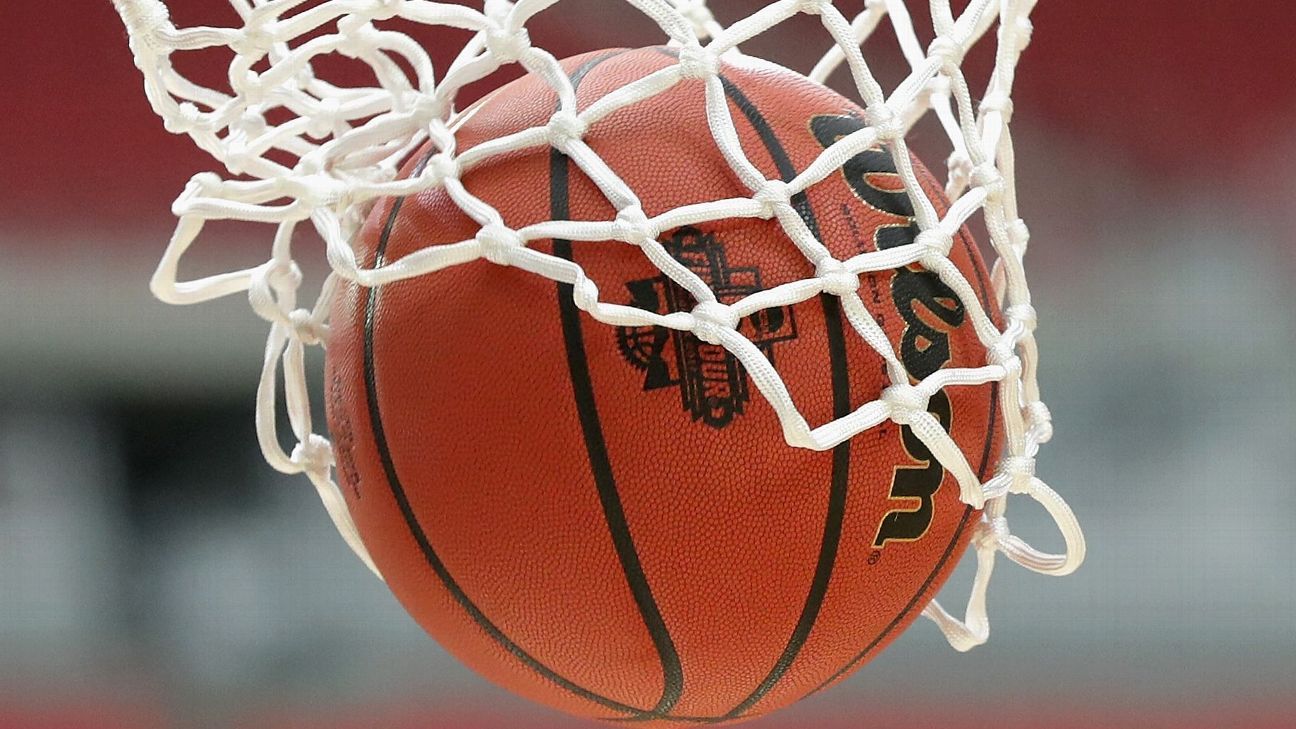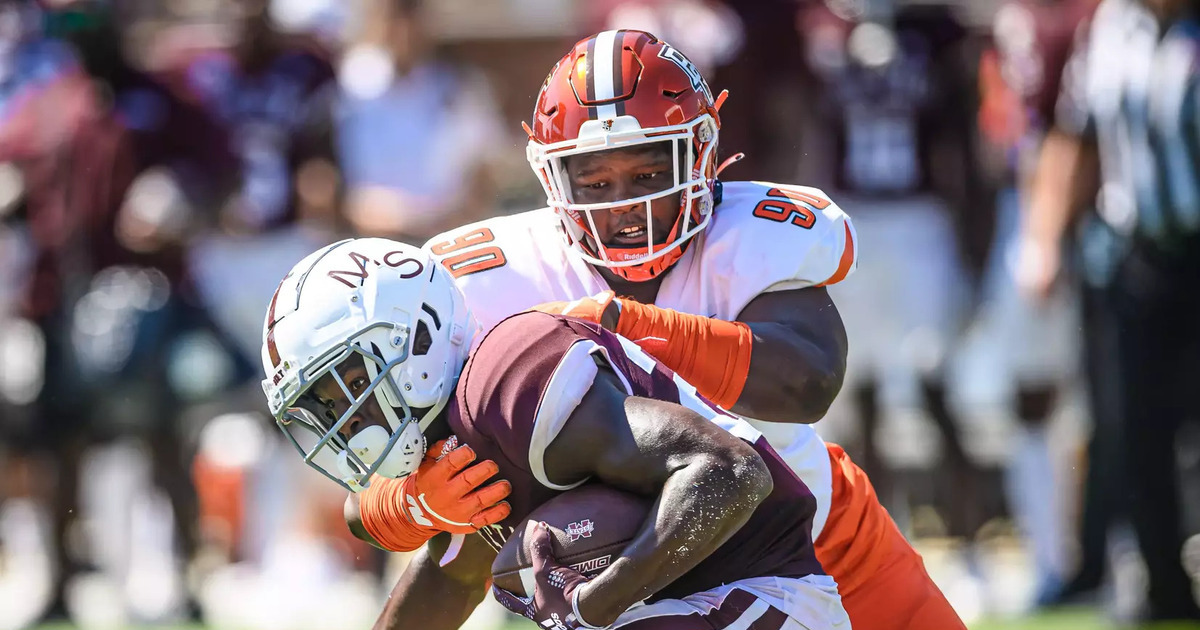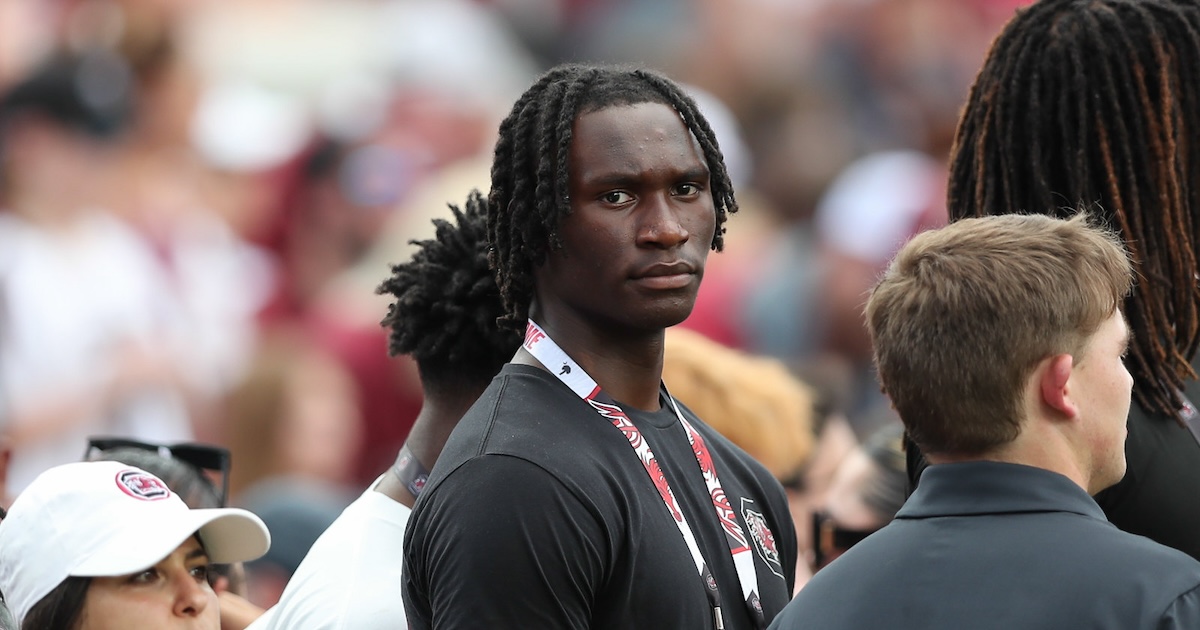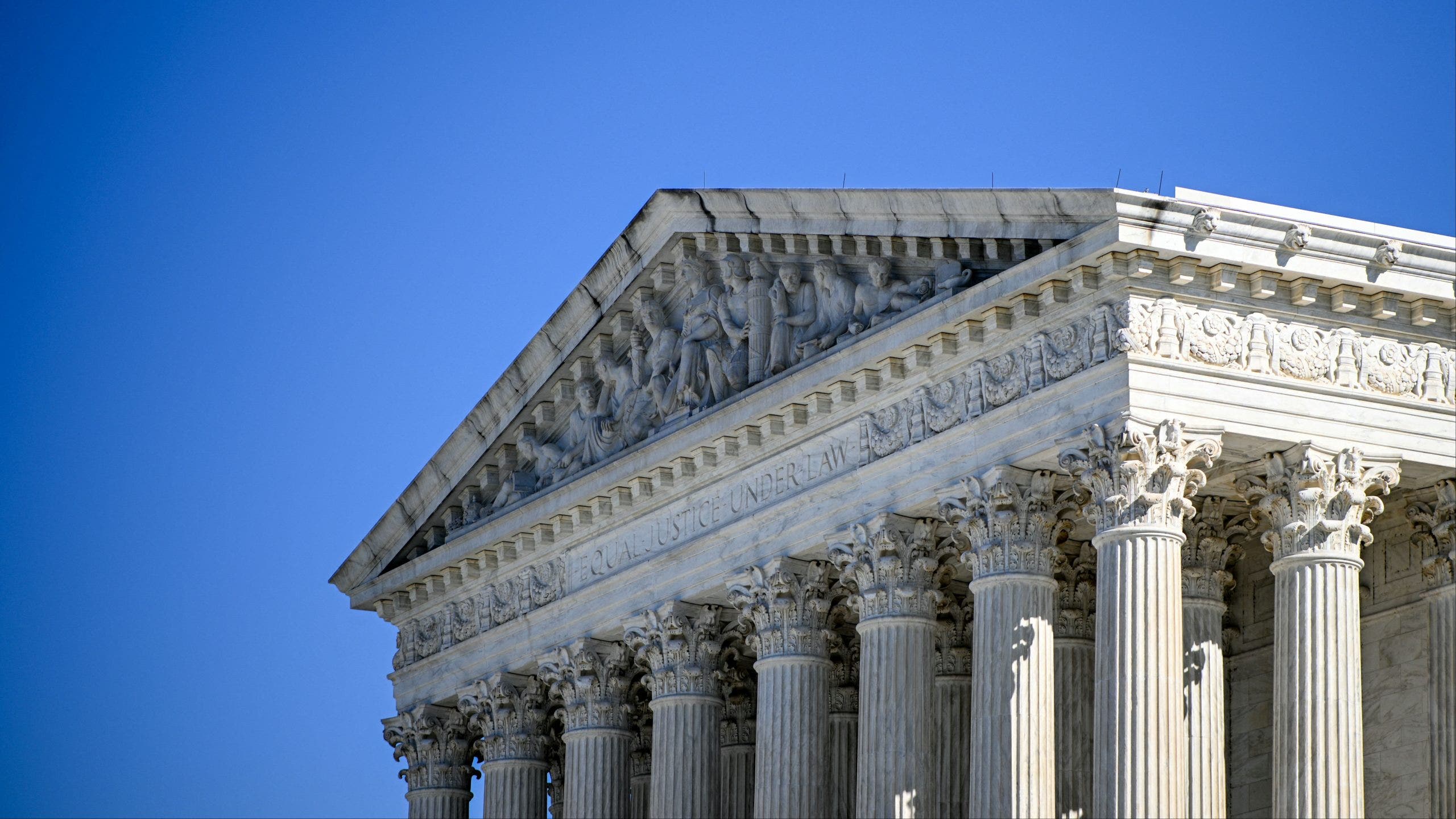Associated Press
Radford Highlanders (10-4) at South Carolina Gamecocks (8-3)
Columbia, South Carolina; Sunday, 2 p.m. EST
BOTTOM LINE: South Carolina hosts Radford after Collin Murray-Boyles scored 22 points in South Carolina’s 91-88 overtime victory against the Clemson Tigers.
The Gamecocks are 6-1 in home games. South Carolina has a 1-1 record in games decided by less than 4 points.
The Highlanders have gone 3-4 away from home. Radford scores 77.1 points and has outscored opponents by 6.3 points per game.
South Carolina’s average of 8.0 made 3-pointers per game this season is just 0.6 fewer made shots on average than the 8.6 per game Radford allows. Radford has shot at a 44.9% rate from the field this season, 3.7 percentage points higher than the 41.2% shooting opponents of South Carolina have averaged.
TOP PERFORMERS: Murray-Boyles is averaging 16.5 points and 9.5 rebounds for the Gamecocks.
Brandon Maclin is averaging 9.5 points, 5.6 rebounds and 1.6 steals for the Highlanders.
LAST 10 GAMES: Gamecocks: 8-2, averaging 76.9 points, 32.8 rebounds, 14.5 assists, 4.9 steals and 2.8 blocks per game while shooting 46.3% from the field. Their opponents have averaged 67.2 points per game.
Highlanders: 7-3, averaging 75.5 points, 38.2 rebounds, 12.4 assists, 7.2 steals and 3.7 blocks per game while shooting 43.5% from the field. Their opponents have averaged 66.2 points.
___
The Associated Press created this story using technology provided by Data Skrive and data from Sportradar.
























/cdn.vox-cdn.com/uploads/chorus_asset/file/25789444/1258459915.jpg)

/cdn.vox-cdn.com/uploads/chorus_asset/file/25546252/STK169_Mark_Zuckerburg_CVIRGINIA_D.jpg)


/cdn.vox-cdn.com/uploads/chorus_asset/file/23951353/STK043_VRG_Illo_N_Barclay_3_Meta.jpg)